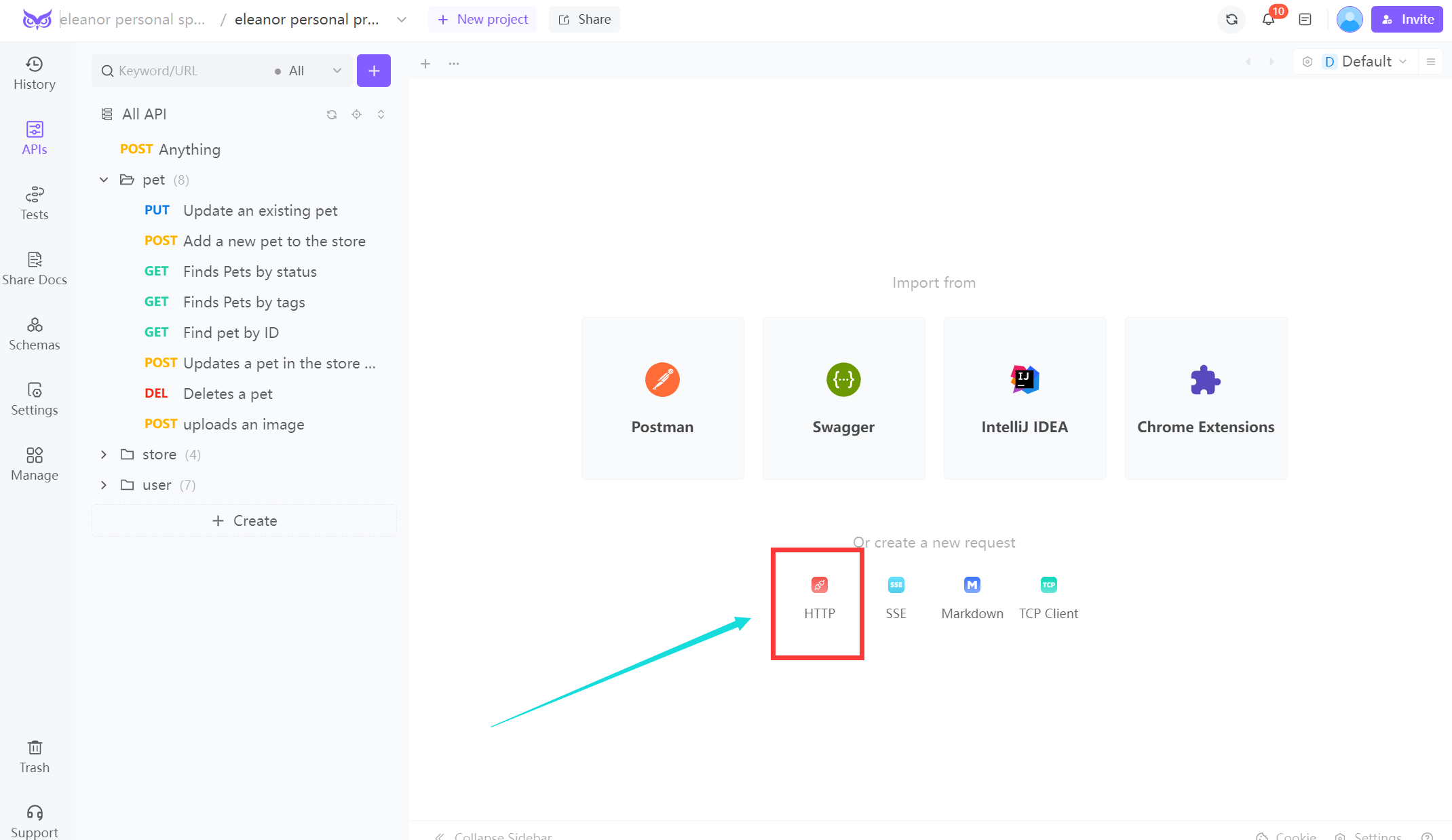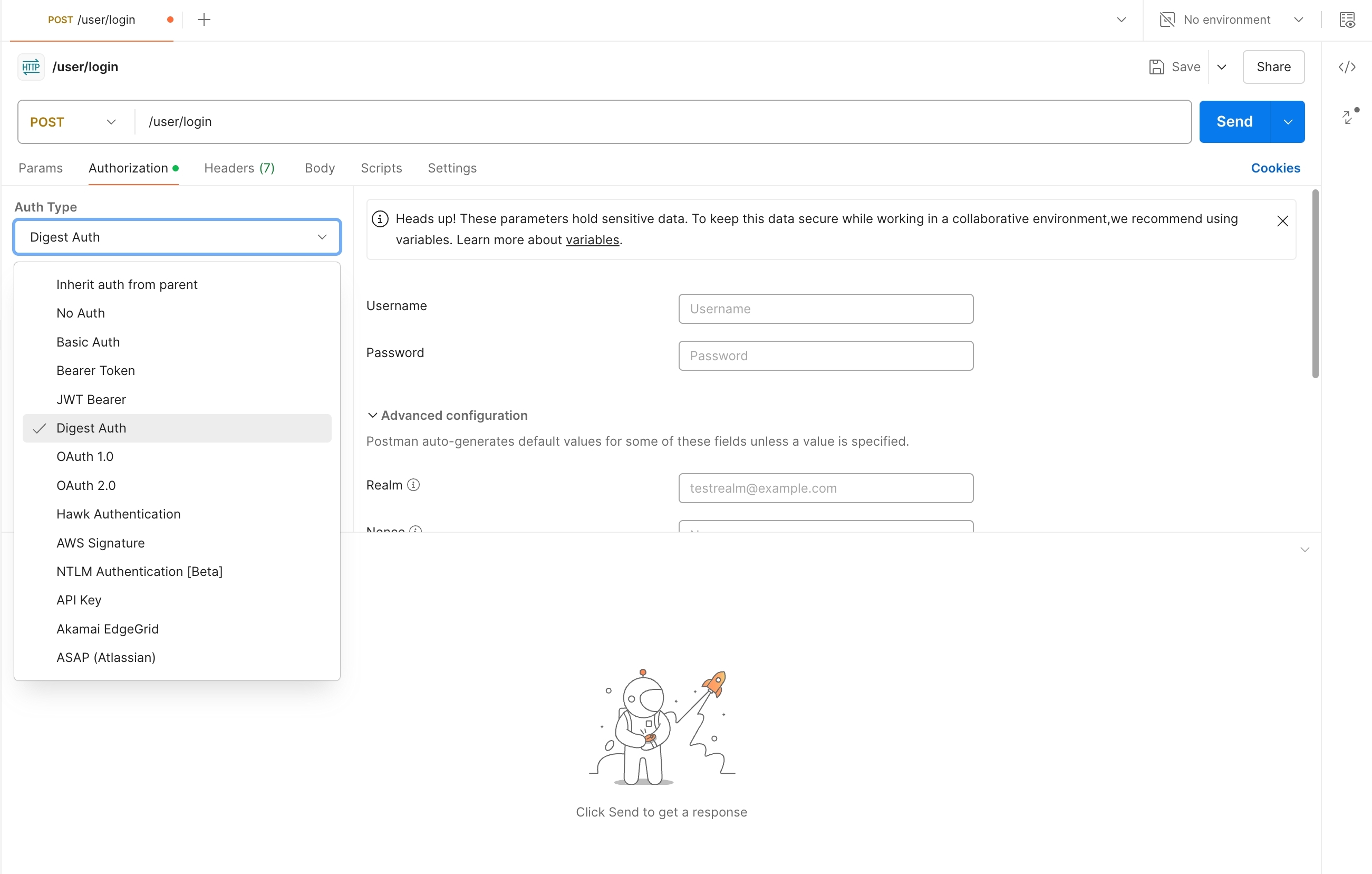How to Implement and Debug Digest Authentication in REST APIs?
This article explores the reasons for using Digest Authentication, explains what it is, provides implementation examples in Java and Go, and offers guidance on testing it with tools.
When securing REST APIs, developers often choose between various authentication mechanisms. One popular choice is Digest Authentication. This article explores the reasons for using Digest Authentication, explains what it is, provides implementation examples in Java and Go, and offers guidance on testing it with tools.
Why Use Digest Authentication for REST APIs?
Digest Authentication is a secure method for validating users, primarily due to the following benefits:
Secure Password Transmission:
Unlike Basic Authentication, which sends the password in plaintext, Digest Authentication hashes the password, minimizing the risk of interception.
Replay Attack Prevention:
By incorporating nonces (randomly generated numbers) that are valid for a single session, Digest Authentication mitigates the risk of replay attacks.
Integrity Protection:
The communication integrity is maintained through hashed responses, which help ensure that the data has not been tampered with during transmission.
These features make Digest Authentication a strong choice when working with REST APIs, particularly in environments where security is a primary concern.
What is Digest Authentication?
Digest Authentication is an HTTP authentication scheme that uses a challenge-response mechanism. Here's how it works:
Client Request:
The client sends a request to the server without credentials.
Server Challenge:
The server responds with a 401 Unauthorized status, including a WWW-Authenticate header, which contains a nonce and other information.
Client Response:
The client generates a hash using the username, password, nonce, and other factors and sends it back in an authorization header.
Server Validation:
The server compares the received hash with its own calculation. If they match, the user is authenticated.
This process ensures that sensitive information is not transmitted openly over the network.
How to Implement Digest Authentication
Java Implementation
Java provides support for Digest Authentication using the 'HttpURLConnection' class. Here's an example:
import java.io.BufferedReader;
import java.io.InputStreamReader;
import java.net.HttpURLConnection;
import java.net.URL;
import java.util.Base64;
public class DigestAuthExample {
public static void main(String[] args) throws Exception {
String url = "https://example.com/api/resource";
String user = "username";
String password = "password";
// Initiate the request to get the nonce
HttpURLConnection connection = (HttpURLConnection) new URL(url).openConnection();
connection.setRequestMethod("GET");
int responseCode = connection.getResponseCode();
if (responseCode == 401) {
String authHeader = connection.getHeaderField("WWW-Authenticate");
// Extract the nonce and other parameters from authHeader
// Assuming nonce and realm are extracted
String nonce = "extracted_nonce";
String realm = "extracted_realm";
String ha1 = calculateHA1(user, realm, password);
String ha2 = calculateHA2("GET", "/api/resource");
String response = calculateResponse(ha1, nonce, ha2);
// Set the authorization header
connection.setRequestProperty("Authorization", "Digest username=\"" + user + "\", realm=\"" + realm + "\", nonce=\"" + nonce + "\", uri=\"/api/resource\", response=\"" + response + "\"");
// Re-attempt the request
connection = (HttpURLConnection) new URL(url).openConnection();
responseCode = connection.getResponseCode();
}
// Read the response
BufferedReader in = new BufferedReader(new InputStreamReader(connection.getInputStream()));
String inputLine;
StringBuilder response = new StringBuilder();
while ((inputLine = in.readLine()) != null) {
response.append(inputLine);
}
in.close();
System.out.println("Response: " + response.toString());
}
// Implement HA1, HA2, and calculateResponse functions
}
Go Implementation
In Go, you can utilize the 'http' package with a custom transport to manage Digest Authentication:
package main
import (
"fmt"
"net/http"
"time"
)
func main() {
client := &http.Client{}
req, err := http.NewRequest("GET", "https://example.com/api/resource", nil)
if err != nil {
panic(err)
}
req.SetBasicAuth("username", "password") // Placeholder for Digest Auth, requires proper implementation
resp, err := client.Do(req)
if err != nil {
panic(err)
}
defer resp.Body.Close()
fmt.Printf("Response status: %s\n", resp.Status)
}
Note: In this Go example, you would typically need to handle the Digest Auth specifics manually or use a library that supports it.
How to Use Tools to Test Digest Authentication
Testing Digest Authentication can be achieved using various tools:
EchoAPI:
To test Digest Authentication with EchoAPI, first open the EchoAPI tool. Create a new request and set the method (e.g., GET). Next, enter the URL for your API endpoint.

In the "Auth" settings, select "Digest Auth", enter your username and password, and then send the request. EchoAPI will automatically manage the nonce and header generation.

Postman
You can set up a new request and use the 'Authorization' tab to select 'Digest Auth' and input your credentials. Postman will handle the nonces and generate the correct headers for you.

cURL:
Use the'--digest' option with the user credentials:
curl --digest -u username:password https://example.com/api/resource
Insomnia:
Similar to Postman, you can create a request, select Digest authentication, and enter your credentials.
By leveraging these tools, you can effectively test your APIs secured with Digest Authentication with minimal configuration.
Conclusion
Digest Authentication is a robust authentication mechanism for REST APIs, offering improved security over Basic Authentication. By ensuring passwords are hashed and mitigating replay attacks, it provides a more secure environment for API interactions. Implementing Digest Authentication can be straightforward in Java and Go with the right approach, while tools like EchoAPI, Postman, cURL, and Insomnia simplify the testing process. As security remains a critical focus in API development, Digest Authentication is a solid choice for developers seeking to protect their applications.




 EchoAPI for VS Code
EchoAPI for VS Code

 EchoAPI for IntelliJ IDEA
EchoAPI for IntelliJ IDEA

 EchoAPl-Interceptor
EchoAPl-Interceptor

 EchoAPl CLI
EchoAPl CLI
 EchoAPI Client
EchoAPI Client API Design
API Design
 API Debug
API Debug
 API Documentation
API Documentation
 Mock Server
Mock Server








